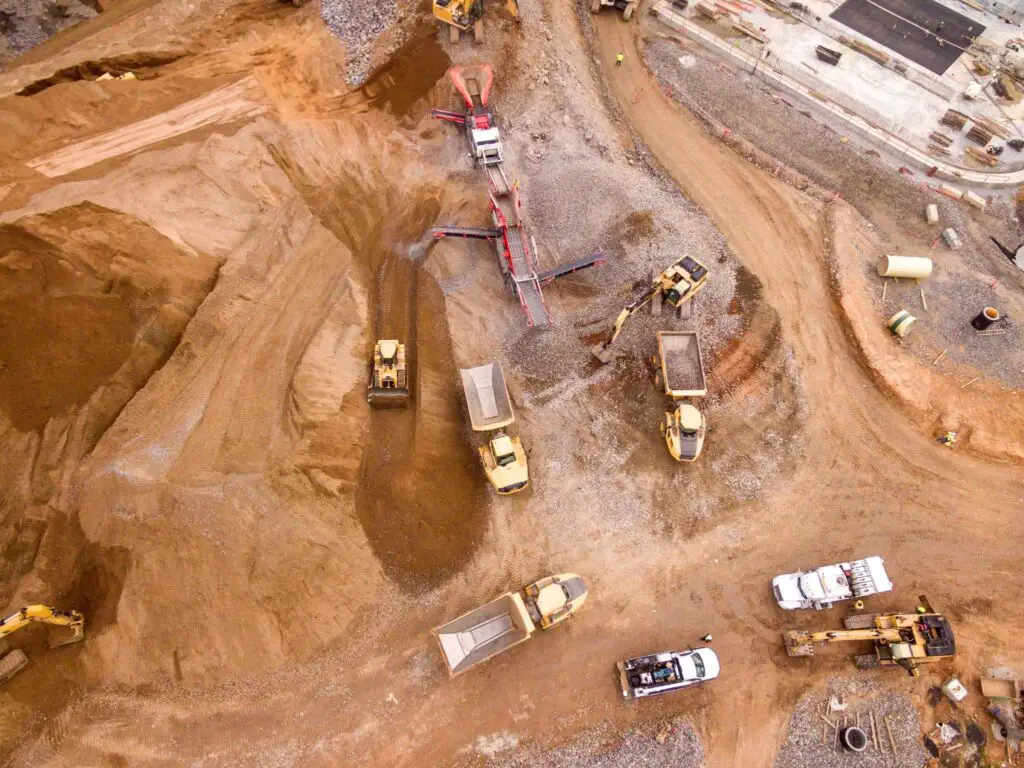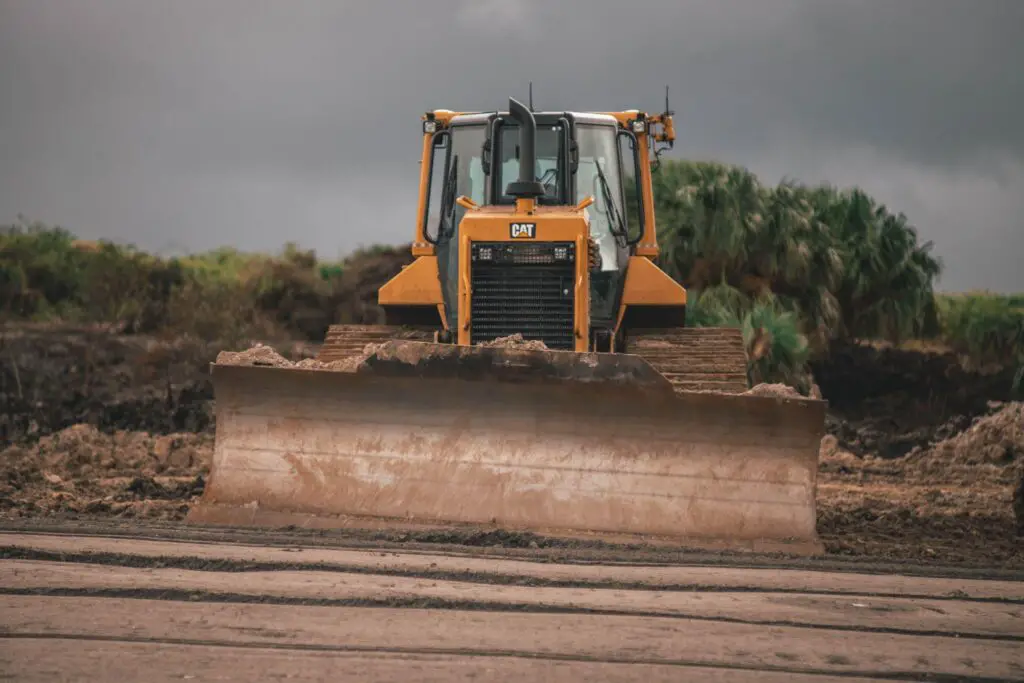Embarking on a construction project is a daunting task, one that demands careful planning, execution, and most importantly, the right set of tools and equipment. Whether you are constructing a towering skyscraper, renovating an old building, or building a modest home, having the appropriate construction equipment can make a world of difference in the efficiency and quality of your work. The market is inundated with a myriad of options, each boasting its unique features and advantages.

In this article, we will delve into the intricacies of selecting the ideal construction equipment for your project. From understanding your project requirements to evaluating the equipment specifications, we will guide you through the process, ensuring that you make an informed decision tailored to your specific needs.
Understanding the Scope and Requirements
Before delving into the sea of construction equipment options, it is imperative to have a crystal-clear understanding of your project’s scope and requirements. Consider the nature of your project – is it a large-scale commercial construction or a smaller residential endeavor? What are the specific tasks involved? Does your project require excavation, heavy lifting, or precise drilling?
By meticulously assessing your project needs, you can narrow down the types of equipment required. For instance, a high-rise building project may necessitate tower cranes for heavy lifting, while a home renovation project might require excavators and concrete mixers. Additionally, take into account the site conditions, such as terrain and space availability, as these factors can influence your choice of equipment.
Balancing Power, Efficiency, and Safety
Once you have a comprehensive understanding of your project requirements, the next step is to evaluate the specifications of the available construction equipment. Consider factors such as engine power, load capacity, digging depth, and reach. It’s essential to strike a balance between power and efficiency; an overpowered machine for a smaller project can lead to unnecessary expenses, while an underpowered one might result in delays and inefficiency. Safety features should also be a paramount concern.
Look for equipment that incorporates the latest safety technologies, such as anti-tip mechanisms, operator cabins with excellent visibility, and emergency shut-off systems. Prioritize equipment from reputable manufacturers known for their reliability and durability; this ensures that you invest in tools that not only meet your project requirements but also stand the test of time, saving you from costly replacements and repairs.
Budget Considerations and Long-Term Viability
While it can be tempting to opt for cutting-edge, feature-rich construction equipment, it’s crucial to align your choice with your budget constraints. Carefully assess your budget and explore financing options if necessary. Consider the total cost of ownership, including maintenance, fuel, and operational costs, to evaluate the long-term viability of your investment. Sometimes, renting specialized equipment for specific project phases might be a more cost-effective option than purchasing.
Additionally, factor in the resale value of the equipment; choosing models with good resale value can provide you with flexibility for future projects. By making a well-informed decision based on your budget and long-term viability, you can ensure that your construction project proceeds smoothly without financial hiccups.
Ensuring Structural Integrity and Precision
In the realm of construction, the symbiotic relationship between formwork and construction equipment plays a pivotal role in ensuring the structural integrity and precision of your project. Formwork, the temporary mold into which concrete is poured, demands careful consideration. High-quality formwork not only guarantees the accurate shaping of concrete structures but also influences the overall construction process.
When choosing construction equipment, it’s essential to consider their compatibility with the formwork systems you plan to use. Modern construction equipment, such as self-climbing formwork and adjustable scaffolding systems, integrate seamlessly with advanced formwork designs, allowing for efficient and precise concrete placement.
By investing in top-notch formwork and compatible construction equipment, you enhance the quality and durability of your structures, ensuring that your project not only meets but exceeds industry standards. This synergy between formwork and construction equipment exemplifies the holistic approach necessary for a successful construction venture. By making informed choices in both formwork and construction equipment, you can ensure that your project stands as a testament to precision, structural integrity, and long-lasting quality, serving as a point of pride for years to come.
Opting for Sustainable Construction Equipment
In the contemporary construction landscape, environmental consciousness is paramount. Choosing eco-friendly construction equipment not only reduces your project’s carbon footprint but also showcases your commitment to sustainable practices. Look for equipment models with energy-efficient features, emission controls, and noise reduction mechanisms.
Additionally, consider the feasibility of alternative power sources such as electric or hybrid machines, which significantly lower environmental impact. Embracing sustainable construction equipment not only aligns your project with global environmental goals but also reflects positively on your corporate social responsibility efforts.

Ensuring Competence and Security
Investing in top-tier construction equipment is just one facet of a successful project; ensuring that operators are well-trained and adhere to stringent safety protocols is equally vital. Provide comprehensive training to equipment operators, familiarizing them with the machinery’s functionalities, safety features, and emergency procedures. Regular safety audits and adherence to industry standards are essential in preventing accidents and ensuring the well-being of your workforce. Implementing robust safety protocols not only safeguards your team but also minimizes the risk of equipment damage, leading to a seamless construction process.
Post-Purchase Support and Maintenance
The journey with construction equipment doesn’t end with the purchase; it extends to post-purchase support and maintenance. Choose equipment providers known for their exceptional after-sales services. Regular maintenance checks, timely repairs, and access to genuine spare parts are critical for the longevity of your machinery. Establishing a strong partnership with equipment suppliers ensures that your construction tools remain in optimal condition, minimizing downtime and maximizing productivity.
By securing reliable post-purchase support, you guarantee the long-term reliability of your construction equipment, making your investment a truly enduring asset for your projects.
In the realm of construction, the right choice of equipment and formwork is the cornerstone upon which successful projects are built. By understanding the unique demands of your project, evaluating equipment specifications, considering environmental impact, prioritizing operator safety, and securing robust post-purchase support, you pave the way for a seamless construction journey. Remember, the synergy between formwork and construction equipment, coupled with sustainable practices and a focus on safety, not only ensures the efficiency and quality of your current project but also lays the foundation for your future endeavors. Making well-informed decisions at every step transforms your construction vision into a tangible, enduring reality, leaving a mark of excellence in the built environment.